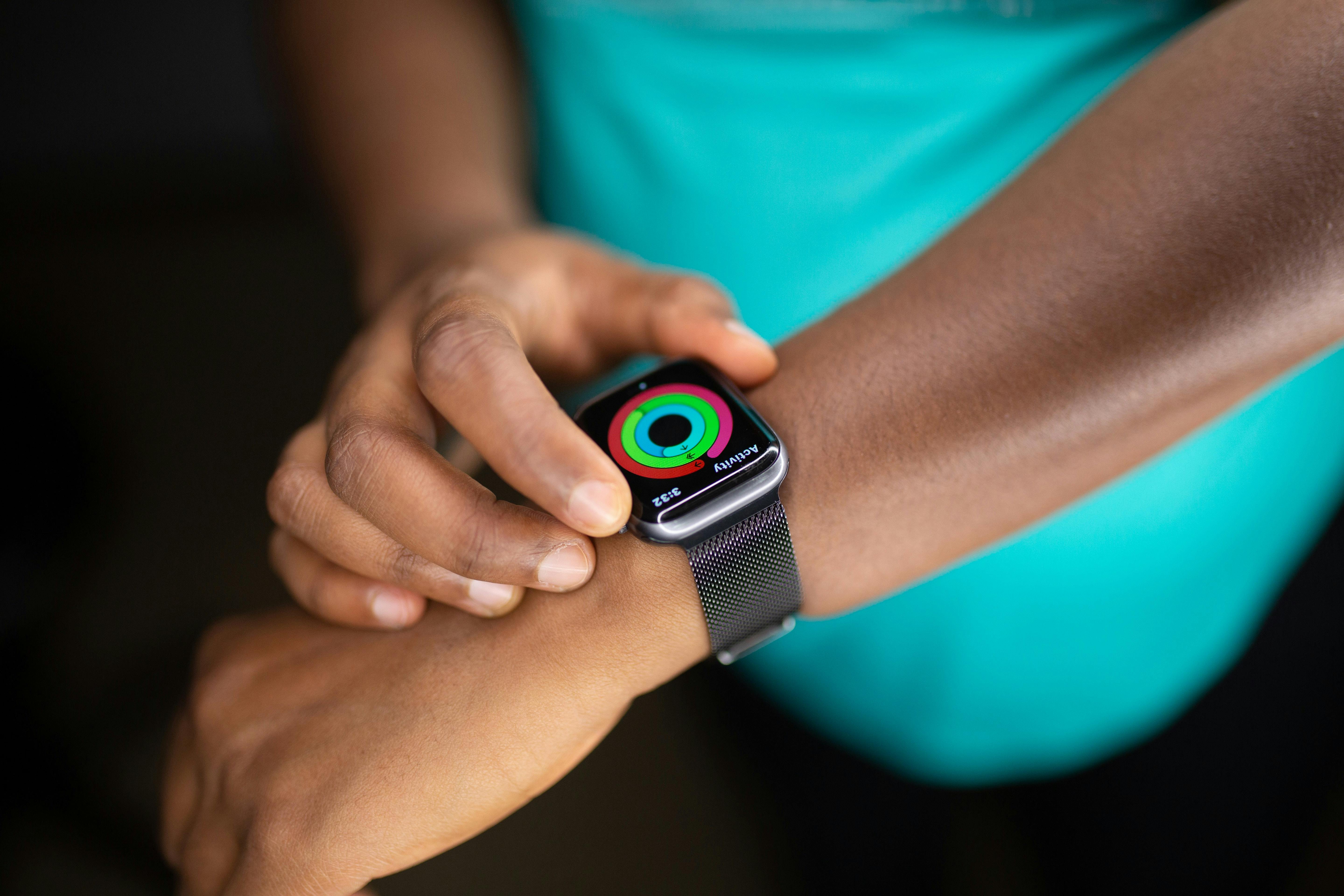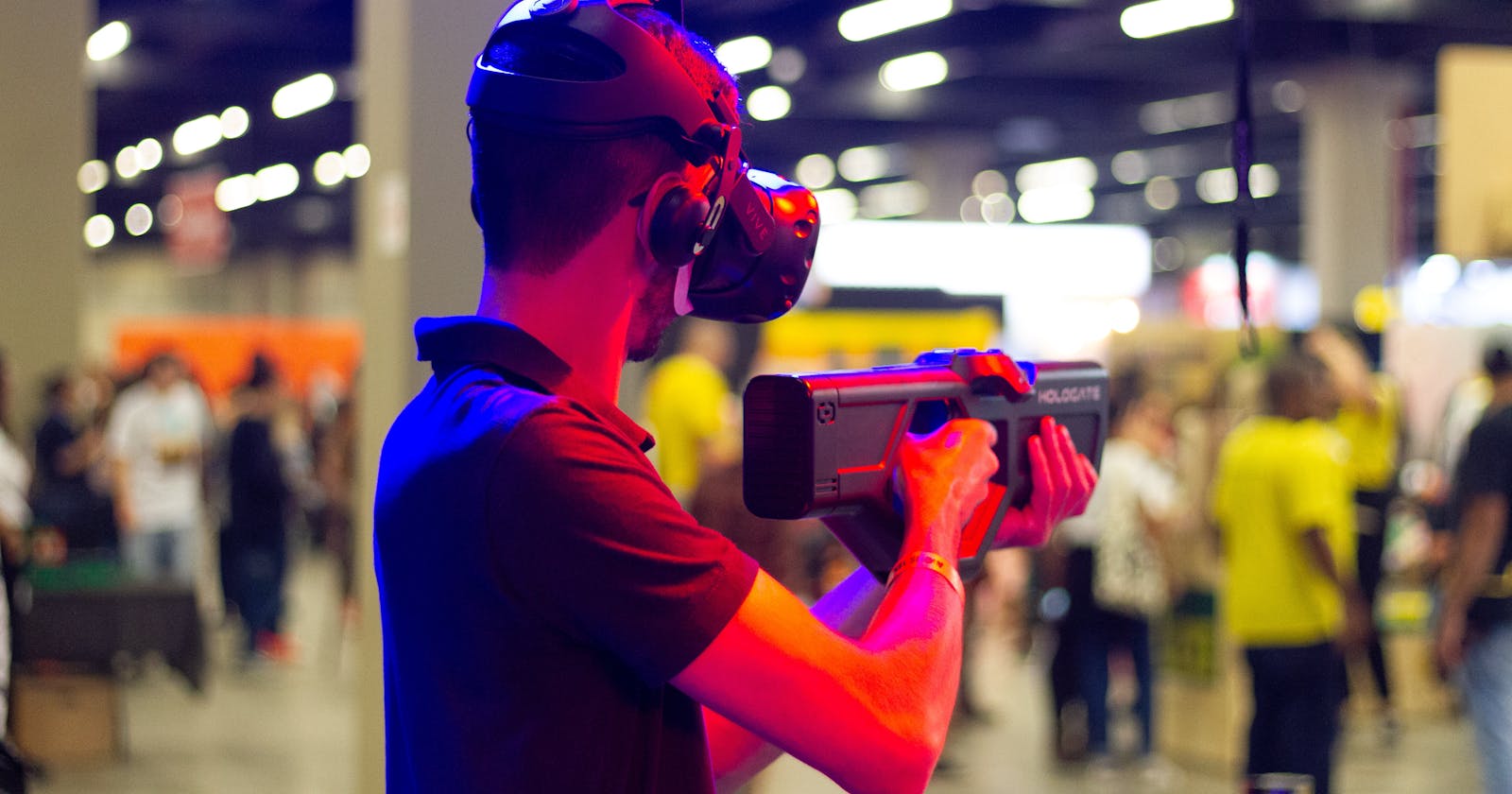Exploring the World of Wearable Technology: From Design to Career Opportunities
"Doing exercise without monitoring yourself will be rare in the future of wearable technology. ~ Astro Teller"
Introduction to Wearable Technology
Wearable technology has become increasingly popular over the past decade, offering a range of features and benefits that were once unimaginable. From fitness tracking and communication to augmented reality and virtual assistants, wearable tech has changed the way we live our lives.
In this article, we will explore the different types of wearable tech, the design considerations that go into making them, the sensors and hardware that power them, the role of data analytics in the industry, user adoption and the future of wearable technology. We will also discuss the many career opportunities that are available in this rapidly growing industry.
Design Considerations for Wearable Technology
Designing wearable technology is a complex process that involves several unique considerations. These devices need to be small, lightweight, and ergonomic to ensure they can be worn comfortably for extended periods. The design should also consider the user's preferences, style, and comfort. User interface design is another crucial factor, with wearable technology requiring an intuitive and easy-to-use control system that does not distract the user.

Balancing form and function is another key consideration for wearable tech designers. The device should look stylish and unobtrusive to be worn in public. The design of the device should not compromise the quality of the data or performance. Additionally, the device should also be customizable to suit the user's needs.
Sensors and Hardware in Wearable Technology
Sensors and hardware play a vital role in wearable technology. Accelerometers and gyroscopes are commonly used to detect movement and orientation, while GPS allows devices to track location. Heart rate sensors are used in fitness trackers to monitor physical activity, and microcontrollers process the data collected by sensors.
The integration of these components needs to be carefully considered to ensure they work together seamlessly. Battery life is another crucial consideration for wearable technology, as users expect their devices to last for extended periods without requiring a charge.
The use of flexible and stretchable electronics in wearable technology has become a new trend in recent years. These electronics can bend and flex, making them ideal for wearable devices that need to be comfortable to wear and adapt to different body shapes.
Data Analytics and Wearable Technology
Wearable technology generates vast amounts of data that companies use to gain insights into user behavior, improve product design, and identify trends. Data analytics also plays a crucial role in improving the accuracy of wearable technology. Machine learning algorithms can be trained on large datasets to improve the accuracy of sensors and algorithms, ensuring that devices are providing reliable data to users.

The collected data can also be used to develop personalized health plans and optimize user experience. For instance, personalized workout plans can be created based on the data collected from fitness trackers.
User Adoption and Wearable Technology
User adoption is an essential factor to consider when designing wearable technology. The price is often a significant barrier, with many devices costing several hundred dollars. Additionally, users may be hesitant to adopt new technology due to concerns about privacy and data security.
Companies can improve user adoption by focusing on creating devices that offer a clear value proposition and are easy to use. Wearable technology that can seamlessly integrate into the user's daily routine and provide tangible benefits, such as improved fitness tracking, is more likely to be adopted. Furthermore, privacy and data security should be addressed to build trust with the users.
Future of Wearable Technology
The future of wearable technology is exciting, with emerging technologies such as artificial intelligence (AI) and virtual reality (VR) set to transform the industry. AI could be used to improve the accuracy of sensors and algorithms, allowing for more personalized and accurate data collection. Additionally, it could also be used to improve the user experience and enable more sophisticated interactions with the devices.
Virtual reality could offer a new frontier in wearable technology, allowing for immersive experiences that can be accessed through wearable devices. For instance, VR headsets could be integrated with wearable technology, providing a new way to experience fitness activities.
Career Opportunities in Wearable Technology
Wearable technology offers a wide range of career opportunities, from software engineering and hardware engineering to design, data analytics, and user experience design. Those who are interested in wearable tech can explore these career paths and develop the necessary qualifications and skills to enter the field.
Software engineers play a critical role in the development of wearable tech. They create software that runs on wearable devices, such as fitness apps or augmented reality applications. Hardware engineers design and develop the electronic components that are used in wearable devices, including sensors, microcontrollers, and displays. Designers, on the other hand, are responsible for creating the physical appearance of wearable devices, taking into account size, weight, and aesthetics.

Data analysts use wearable technology to collect and analyze user data. They help companies gain insights into user behavior and improve product design. They work with large datasets, using statistical methods to extract meaningful information.
User experience designers focus on creating products that are easy to use and appealing to consumers. They work to understand user needs and design products that meet those needs. They also play a critical role in improving user adoption by designing products that are intuitive and easy to use.
In addition to these traditional career paths, there are other emerging opportunities in the wearable technology industry. One such opportunity is in the field of artificial intelligence (AI). As wearable devices become more advanced, they can collect and process more data. AI can help to make sense of this data, identifying patterns and insights that humans may not be able to detect. As a result, there is a growing demand for professionals who specialize in AI and machine learning.
Conclusion
In conclusion, wearable technology is a rapidly growing industry that is changing the way we live our lives. From smartwatches and fitness trackers to augmented reality glasses and virtual assistants, wearable tech is becoming an essential part of our daily lives. As the industry continues to evolve and new technologies emerge, the opportunities for career growth and innovation are limitless.
Whether you're interested in software engineering, hardware engineering, design, data analytics, or user experience design, there is a place for you in the world of wearable technology. As we move forward, we can expect wearable tech to become even more integrated into our daily lives, making it an exciting and dynamic industry to be a part of.
At Cling Multi Solutions, we use the latest technologies to deliver high-end products tailored to your specific needs. Whether you need custom app development, web design, ERPs, or digital marketing, our team of experts is committed to helping your business grow and succeed. Contact us at clingmultisolutions.org, +918264469132, or info@clingmultisolutions.org to learn more about how we can help you achieve your goals.

